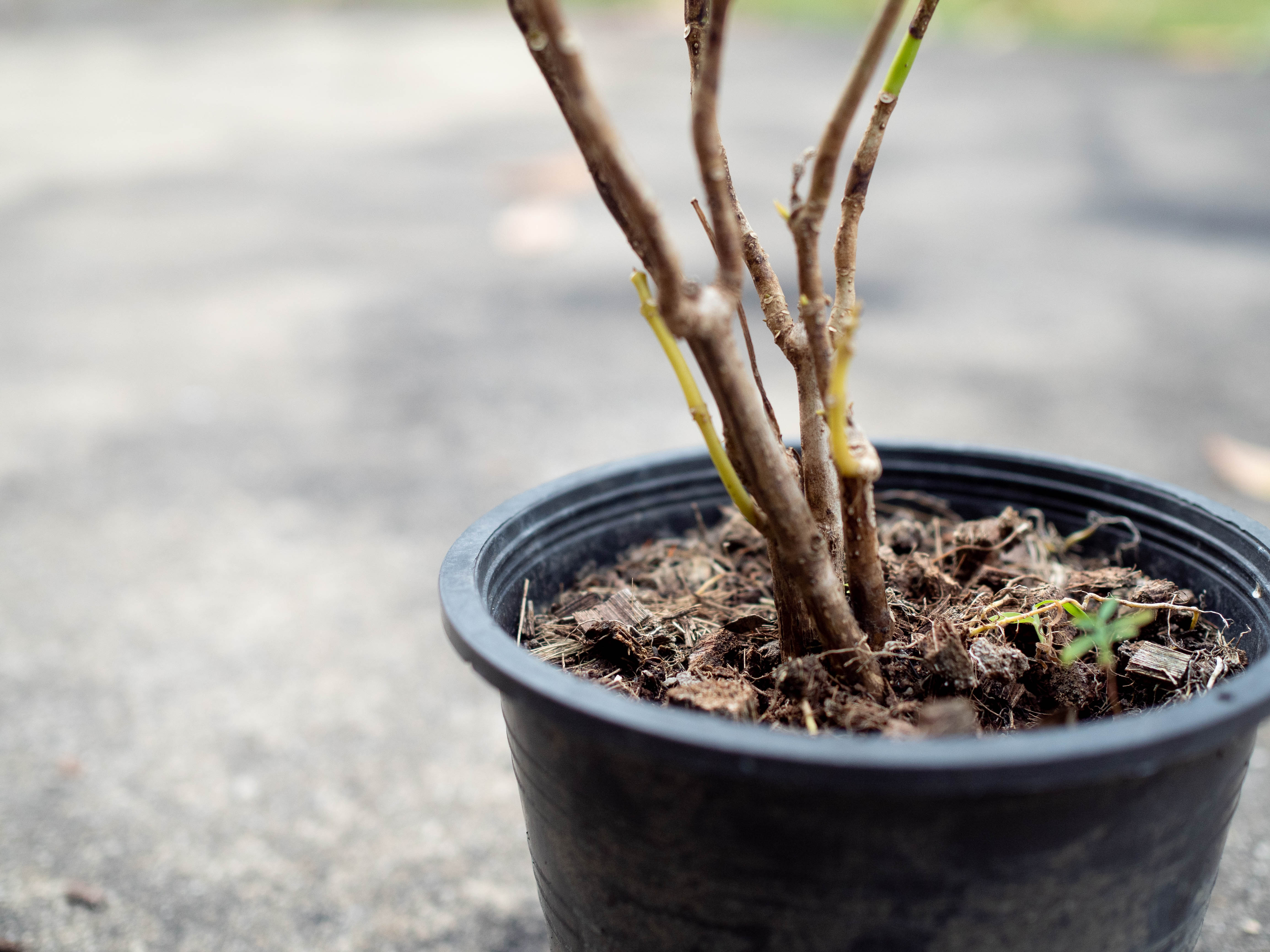At some point or another properties in urban and suburban areas were likely part of something larger – such as a farm, prairie or perhaps even a forested area. These areas of deep rooted trees thrived off natural nutrients, such as last year’s decomposing leaves and broken tree limbs returning nutrients back into the soil.
Compare that image with trees in urban and suburban environments stuffed into landscape beds where many home and property owners go to great lengths to keep surrounding areas clean, tidy and safe by collecting leaf and twig litter scattered throughout. Combined with high stress, surrounding competition for resources, nearby construction and physical damage the amount of available nutrients has been significantly reduced.
Just like humans need their vitamins, trees need proper nutrients in order to live and thrive. As spring peeks around the corner you might be kicking around the notion of fertilizing your trees to help bolster their health and help them fight off these environmental stresses.
We’ve laid out some indicators of low tree nutrition below along with when and why you should fertilize!
Indicators:
Without the appropriate uptake and breakdown of nutrients tree leaves will begin to suffer from discoloration, poor fall color, and early leaf drop. Pale green, yellowing, or “off-color” foliage is a good indicator of a nutrient deficiency and a need for fertilizer to reach its full potential.
Slow growth is another important indicator of malnutrition and a need for fertilizer. By measuring down from the tip of the twig to the first ring of bud scale scars you will be able to see the amount of shoot growth within the present year. A shoot growth less than two inches is a cry for food!
Reasons to fertilize:
Removal of leaves and twigs from landscapes eliminates the natural recycling of nutrients. Adding fertilizer is a good way to replenish lost nutrients during litter removal. Other benefits of fertilizing include:
- Helping a tree sustain its health to become less resilient to damage from pests, disease and environmental stresses; and
- Help your tree grow to its full potential with rich color and optimum flowering while developing a healthy root system.
While fertilizer won’t solve all of a trees problems, it goes a long way in giving it a fighting chance!
When to fertilize:
Fertilizer can be applied either during the growing season (typically in March or April just before new growth begins) or in the fall to help a tree overcome deficiencies and fight off infections, giving it that extra boost. 
Trees provide us with a variety of benefits, but when one or more nutrients are lacking in the soil trees won’t be able to reach their full potential and fall more susceptible to disease and insect problems. This creates a shorter life span than that of a well-fertilized tree. Help protect your landscape assets with our tree and shrub care program! In addition to our tree and shrub treatment programs where we address fertilization and insect and disease issues, we also offer comprehensive tree and shrub pruning services. Here, we trim trees and shrubs to maintain shape and encourage blooms. We focus on the 3 Ds of pruning by removing dead, dying or diseased branches so your trees and shrubs can focus their energy on the healthy, thriving parts of the plants.
To find out if your trees could use a layer of fertilizer contact a Bluegrass team member by calling us at 314-770-2828 or use the simple contact us form to discuss your tree fertilization needs!
References
Jeff Gillman, C. R. (n.d.). Tree fertilization: A guide for fertilizing new and established trees in the landscape. Retrieved from University of Minnesota Extension: http://www.extension.umn.edu/garden/yard-garden/trees-shrubs/tree-fertilization-guide/
Neal, C. A. (n.d.). Fertilizing Trees and Shrubs. Retrieved from University of New Hampshire Cooperative Extension: http://extension.unh.edu/resources/files/resource000590_rep612.pdf
Starbuck, C. J. (n.d.). Fertilizing Shade Trees. Retrieved from University of Missouri Extension: http://extension.missouri.edu/p/G6865
White, B. (2014, May 1). How the bottom half of your tree is affecting the top. Retrieved from The Bartlett Tree Experts Blog: http://blog.bartlett.com/2014/05/tree-advice/whats-wrong-with-my-tree-how-the-bottom-half-of-your-tree-is-affecting-the-top




